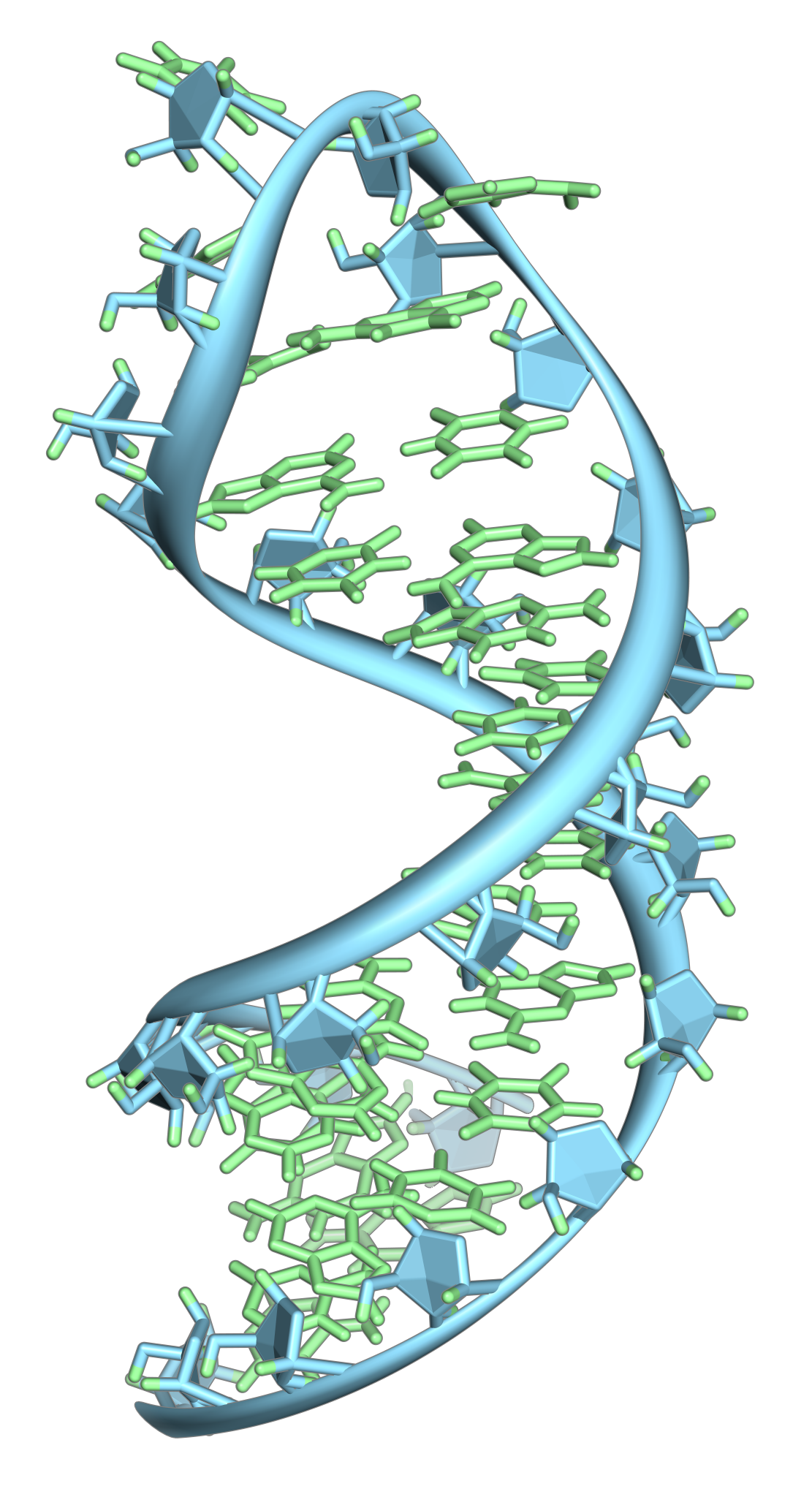Time: 2024-06-19
A revolutionary genetic therapy has been developed to combat the debilitating effects of a rare skin condition known as Congenital Melanocytic Nevus Syndrome (CMNS). Children born with this syndrome often experience up to 80% of their bodies covered in large, painful, or itchy moles. These moles are a result of genetic mutations acquired in the womb, and in some cases, they can progress into melanoma, a severe form of skin cancer. Researchers have successfully silenced a gene called NRAS in mice with CMNS, causing the mole cells to self-destruct.
This groundbreaking treatment offers hope for patients with CMNS, as it has the potential to reverse the presence of giant moles associated with the condition. Veronica Kinsler, who spearheaded the research, emphasized the physical and mental challenges faced by individuals and families living with CMNS. While the therapy has shown promising results in lab settings and in mice, further testing is required before it can be administered to patients. Collaborative efforts from institutions like the Francis Crick Institute, UCL Great Ormond Street Institute for Child Health, and Great Ormond Street Hospital for Children have been instrumental in advancing this genetic therapy.

Skin cells from children with CMNS, such as seven-year-old Hanna and three-year-old Ada, have been crucial in the research process. These young patients endure daily struggles due to their condition, including itchiness, pain, and discomfort from the presence of large moles. The genetic therapy offers a glimmer of hope for families like Ada's, who have undergone numerous surgeries without success in managing the risk of melanoma. The potential reversal of CMNS through this therapy could significantly impact the lives of affected individuals.
Researchers have used cutting-edge techniques like silencing RNA to target the mutated NRAS gene in mole skin cells. By delivering the therapy directly to the affected cells, they were able to induce self-destruction of the mole cells in mice with CMNS. The successful outcomes in animal models suggest that human clinical trials may be on the horizon, pending further validation of the treatment's efficacy and safety. This breakthrough in genetic therapy represents a significant stride towards addressing the challenges posed by skin conditions like CMNS.
The collaborative efforts of research institutions, funding organizations like Caring Matters Now, and dedicated patient participation have paved the way for this transformative genetic therapy. The commitment to advancing precision medicine and dermatological research underscores the importance of innovation in healthcare. As the therapy progresses towards potential clinical trials in humans, the prospect of reversing debilitating skin conditions like CMNS offers a ray of hope for affected individuals and their families.
In conclusion, the development of a genetic therapy targeting NRAS in giant moles associated with CMNS represents a significant breakthrough in dermatological research. The potential for reversing the effects of this rare skin condition through innovative treatment approaches highlights the strides being made in the field of gene therapy and precision medicine. As research continues to evolve, the promise of transformative therapies for skin conditions becomes increasingly tangible, offering hope to individuals living with challenging dermatological conditions.